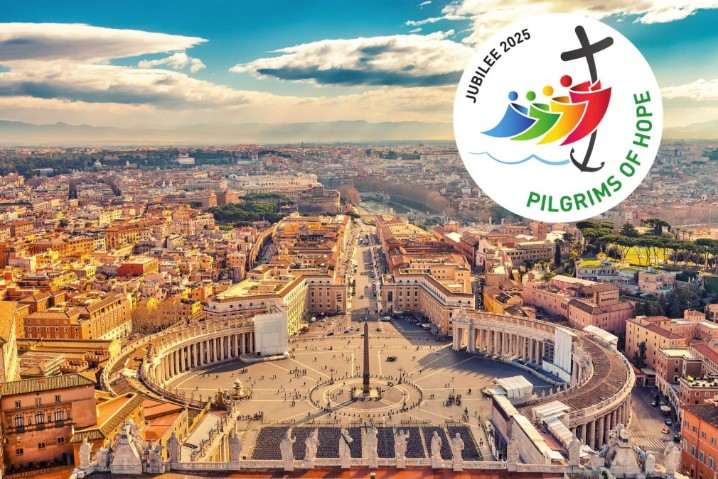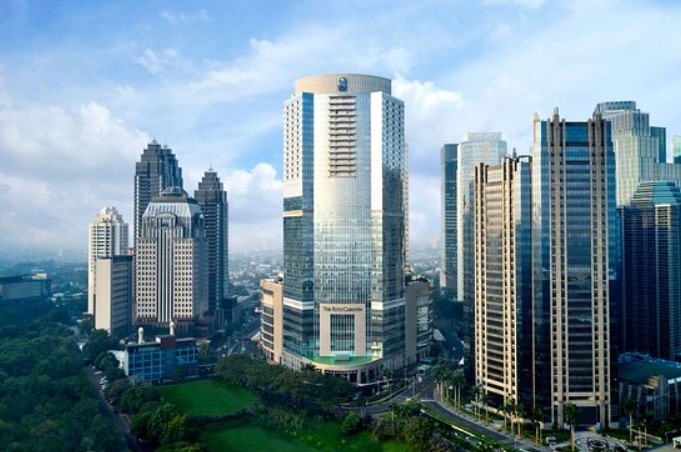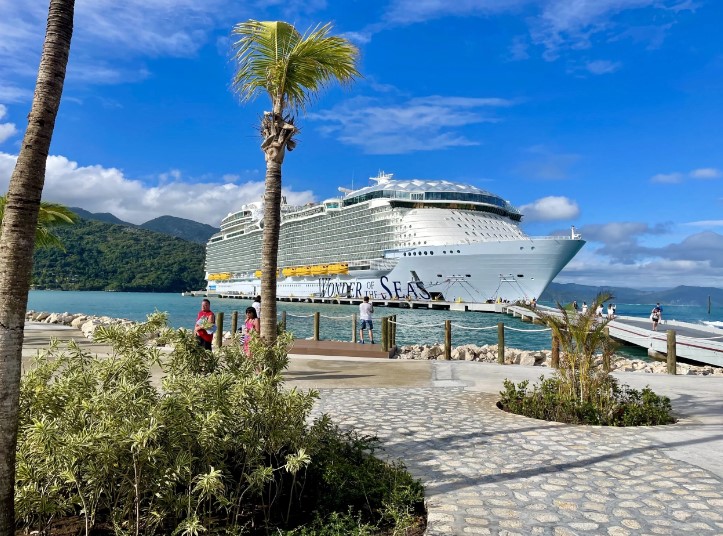Could AI be trusted to guide us through monuments, museums and more? I tested the bot’s itinerary in my hometown.
“Absolutely! Washington D.C. is a fantastic destination with so much to see and do.”
ChatGPT, as you may have heard, is the latest AI darling — or enemy, depending on your position on knowledge engineering. You can ask it anything and it will usually have an answer. If it doesn’t, it will politely demur.
The platform can perform an array of travel-related tasks, depending on the prompt question. It can act as a vacation planner, tour guide or friendly stranger who offers directions, though not always correctly.
“Using ChatGPT as a travel adviser is probably one of the better uses of these platforms,” said Anton T. Dahbura, co-director of Johns Hopkins University’s Institute for Assured Autonomy. “I do think it could work for recommendations or planning.”
I wanted to put ChatGPT’s travel-planning capabilities to the test in my hometown of Washington. My plan was to follow a generated itinerary and decide whether it is an inspired and reliable adviser or as fusty as an out-of-print guidebook. As a longtime D.C. resident, I have more than 20 years of local information stored in my head. But I have not been tourist in my own backyard for years, so I am basically a born-again Washingtonian.
I quickly learned that ChatGPT suffers from a few flaws, such as dated content. Because it was fed data available in September 2021, it is generally unaware of events that occurred in the past 17-plus months. For a query about D.C. restaurants that opened last year, it admitted, “As an AI language model, I do not have access to real-time information, and my training only goes up until 2021.” As a consolation, it supplied resources with current dining information, including Eater DC and Thrillist DC.
In addition, Vincent Conitzer, director of the Foundations of Cooperative AI Lab at Carnegie Mellon University, warned that ChatGPT fabricates information, a function of its programming and not intentional subterfuge. He compared the technology to a college student stumped by an exam question. Instead of leaving it blank, the test taker fakes the answer.
“[ChatGPT] figures it may as well have a go at it because that’s still more likely to be correct than writing nothing or responding, ‘I don’t know.’” Conitzer said. “While it tends to do better on other aspects of putting together an itinerary, it is still possible that some aspects are hallucinated.”
To start, I typed in a simple and straightforward question: “How do I spend a day in D.C.?” ChatGPT responded in its signature conversational style, suggesting seven activities in consecutive order. It even carved out time for meals, because unlike bots, humans need to eat.
I had not requested a timetable for my ChatGPT challenge, so I signed back in for advice on a kickoff time.
Me: “When is the best time to visit the monuments?”
“If you want to avoid the crowds, consider visiting early in the morning or late in the evening when there are fewer people around.”
I relied on my own experience — and sleep schedule — to answer the question, “How early?”
At around 9 a.m., I started where most tourists’ visits begin: on the National Mall.
ChatGPT, possibly aware of my physical and time limitations, didn’t overwhelm me by suggesting I visit every monument and memorial. It mentioned three landmarks, so off I went to climb the 87 steps of the Lincoln Memorial and belatedly honor No. 16 a few days after Presidents’ Day.
At the Washington Monument, I stood among a group of fidgety families waiting for the elevator to zip them up to the observation deck. I consulted with ChatGPT on how to book a ticket to the top. It sent me to the attraction’s website. Instead, I turned to a ranger and asked.
En route to the Capitol, I detoured to my second stop, the Smithsonian museums. Again sensitive to my constraints (or so I anthropomorphized), it highlighted three museums on the Mall. I chose the National Air and Space Museum, which had reopened on Oct. 14 after a months-long closure. ChatGPT was aware of the renovation project, now in its fourth year, but I had to dig elsewhere to learn about the eight new and renovated galleries and to reserve a free timed-entry ticket.
While waiting in line to enter the museum, I hit up ChatGPT for advice on displays. It recommended six, of which three — the Wright Flyer, Apollo 11 Command Module and Charles Lindbergh’s Spirit of St. Louis — were on exhibit. I gave ChatGPT a break so that I could poke around on my own.
Me, after reading about the man who flew over Los Angeles in 1982 by tethering helium-filled weather balloons to a lawn chair: “What ever happened to Larry Walters?”
“Although his flight was dangerous and potentially put himself and others at risk, Walters’ story has become a part of aviation folklore and is still talked about today as an example of the human desire to fly and explore.”
A bold and uncharted frontier, indeed.
Dumplings and Leonardo da Vinci
Lunchtime, but first I had to figure out how to get from the National Mall to Union Market in Northeast D.C. ChatGPT provided instructions — catch the Red Line from L’Enfant Plaza to NoMa-Gallaudet U — that I didn’t question until I entered the station and remembered: The Red Line does not leave from here. After consulting the Metro map, I took the Green Line and transferred at Gallery Place.
The bot partially redeemed itself at the global food hall. It rattled off several vegan dining options, with a few hiccups: DC Empanadas permanently closed; Chaia is in Chinatown; and the Indian spinach paneer crepe at DC Dosa is not plant-based. After pruning the list, I was left with shiitake and scallion dumplings at Laoban Dumplings or Korean tofu tacos at Takorean — or both, because ChatGPT doesn’t judge.
For my first post-lunch attraction, I headed to the National Portrait Gallery and Smithsonian American Art Museum. I approached the information desk and inquired about the location of the Rembrandt and Leonardo da Vinci paintings, two painters highlighted on my itinerary. “We only have American art here,” the volunteer told me.
I cursed ChatGPT, then checked my schedule and apologized. Human error. I was supposed to go to the National Gallery of Art, a few blocks away.
In the West Building, I followed the map to the second-floor galleries with 13th- to 16th-century Italian art. A portrait of a woman with soft brown curls and skin as pale as the moon took center stage — instead of hanging on the wall, she sat on a pedestal, encased in glass. A nearby sign explained that the painting of Ginevra de’ Benci was the only artwork by Leonardo in the Americas. However, unlike that other lady with the enigmatic expression, I didn’t have to stand on my tiptoes to see her hairline over a wall of people. I could stand inches from her flawless face.
After racing through the rooms of Rembrandts and not finding the ones ChatGPT mentioned (not that it mattered; I still saw a half-dozen of the Dutch master’s works), I hailed a ride to Georgetown at 4:30 p.m. — the next suggested area to explore. Of the four suggested routes, ride booking was the easiest and quickest mode of transportation; walking “30 minutes, depending on your speed” was the most delusional.
My purpose here was to explore the shops and restaurants on M Street and Wisconsin Avenue NW. I strolled the main arteries with a renewed sense of wonder. My last visit was during the height of the pandemic and protests. I was grateful to see bustling shops and packed restaurants, with no plywood in sight.
Dinner and a moonlight tour of the Mall
For the final two stops, I worked backward.
ChatGPT recommended a moonlight spin around the monuments. A follow-up question resulted in the names of several tour operators. One was not offering excursions so early in the season; another was sold out because of the unseasonably warm weather. Crossing enemy lines to query Google, I found an electric car tour departing at 8 p.m. Then I quickly returned to ChatGPT for restaurant recommendations in the Dupont neighborhood.
It failed this test. The restaurants were either permanently closed (Beefsteak), located elsewhere in the city (HipCityVeg) or in a different state (Sunflower Vegetarian Restaurant). Since I was in a rush, I siphoned from my own pool of knowledge and grabbed dinner at Ala, which opened in March 2021. You have no excuse, ChatGPT.
I met WeVenture Tours at the National Law Enforcement Officers Memorial, near Judiciary Square. Our group of seven — a family of four from New York and a mom and young daughter from New Jersey — boarded the red vehicles that purred like a Tesla mini.
Nick, our guide, puttered off under a star-spangled sky, sharing historical notes and anecdotes as we passed by some of the city’s most eminent landmarks. We hopped out at several attractions, including the Tidal Basin, Washington Monument, Martin Luther King Jr. Memorial and White House.
For the entire two-hour outing, I silenced ChatGPT. It had led me here, and I was now in good hands.
ChatGPT was an admirable tour planner, despite the few fumbles. The itinerary was diverse and interesting and would appeal to first-time visitors as well as lapsed Washingtonians. Of course, it overlooked significant swaths of the city, but a more detailed prompt could fill those gaps.
When asking ChatGPT for advice, Johns Hopkins University’s Dahbura said your query should be neither too broad nor too specific. “It should be somewhere in the middle,” he said. He added that the itinerary won’t be as personalized as one from, say, a local tour operator or friend familiar with your likes and dislikes. For this reason, you might need to pursue a second line of questioning — a strategy I followed.
After spending the day with ChatGPT as my guide, I came to the conclusion that I would use the platform for new destinations but would supplement its information with a Google search or recommendations from someone who would check the box that says, “I’m not a robot.”







More Stories
How To Beat the Eid Travel Rush
Get The Facts: Money-saving travel tips
Expert travel tips for planning a family summer vacation